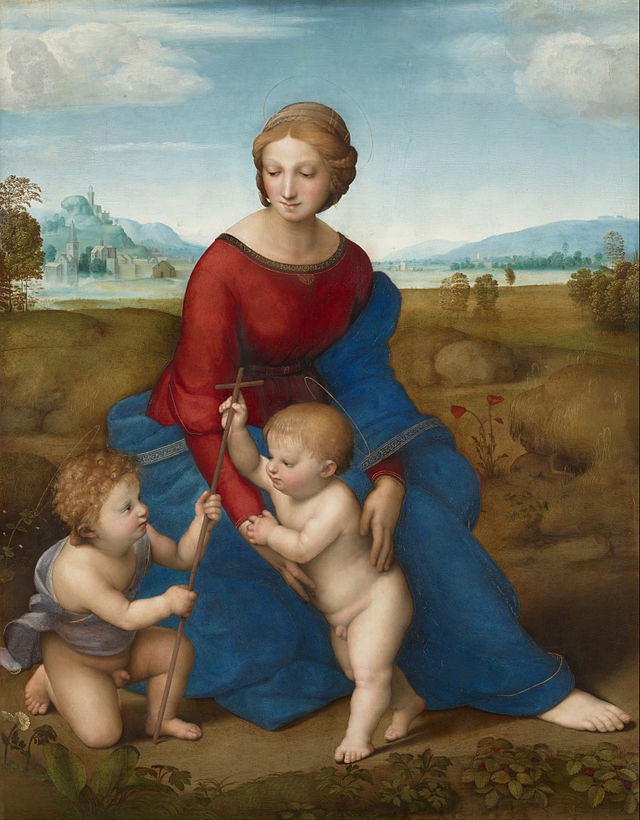APAH Unit 6 - Ch 14: Late Medieval, Ch 20: Early Renaissance, Ch 21: Renaissance Italy
1/35
There's no tags or description
Looks like no tags are added yet.
Name | Mastery | Learn | Test | Matching | Spaced |
|---|
No study sessions yet.
36 Terms
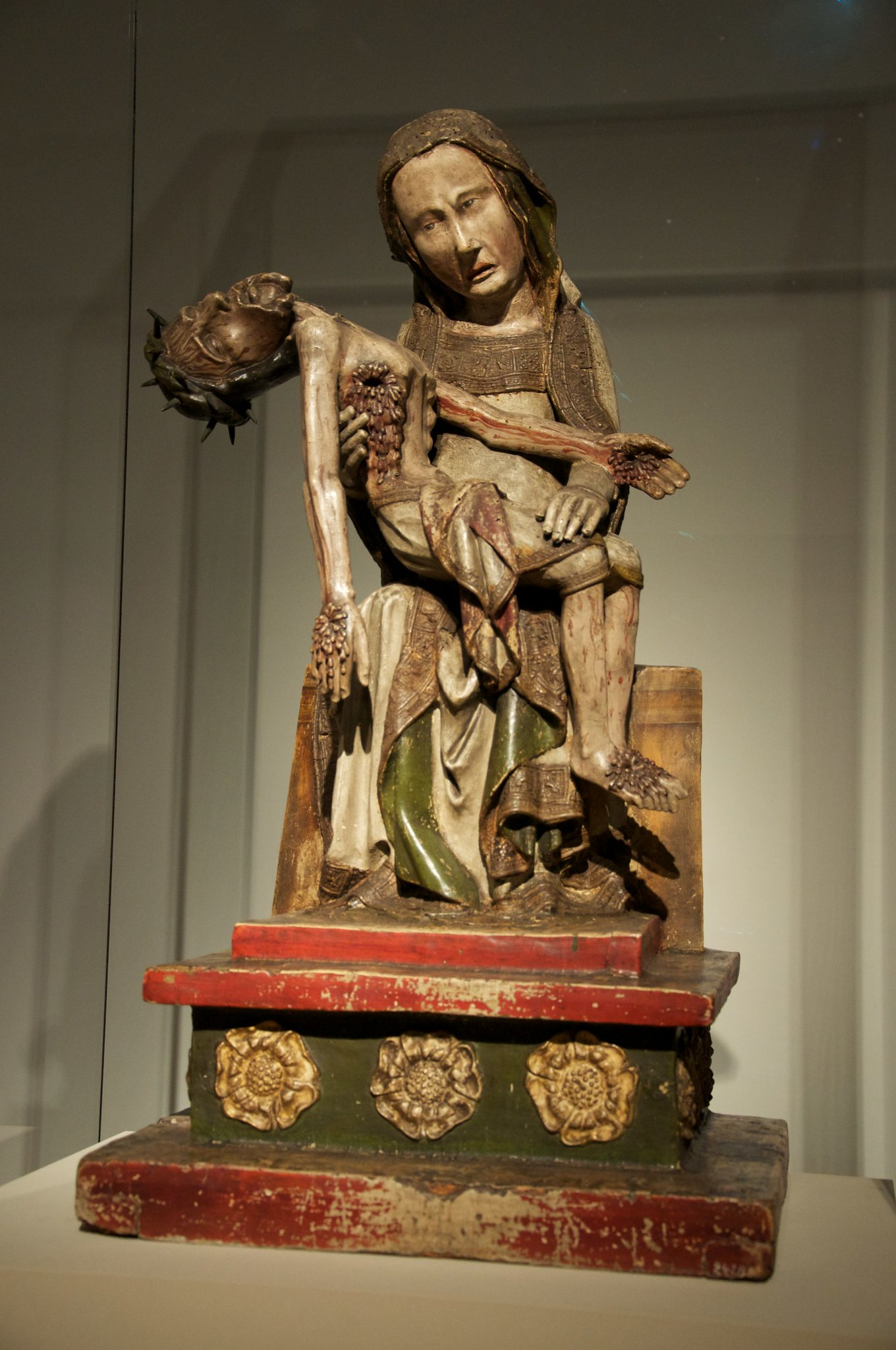
Röttgen Pietá
Period: Late Medieval Italy
Year: 1300-1325 CE
Artist: N/A
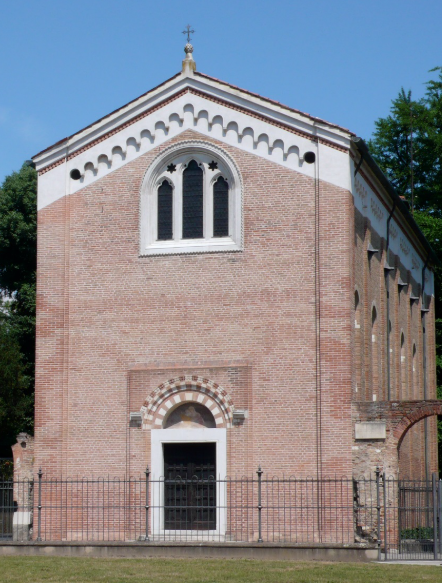
Arena Chapel and Lamentation
Period: Late Medieval Italy
Year: 1305 CE
Artist: Giotto di Bondone
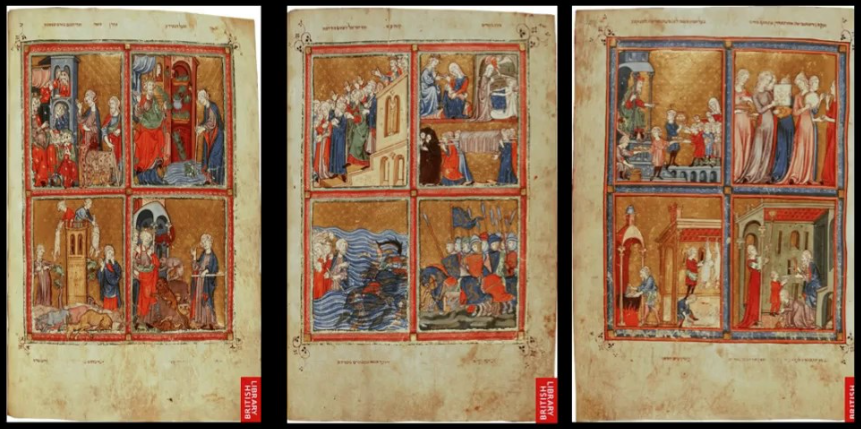
Golden Haggadah (Plagues of Egypt, Scenes of Liberation, Preparation for Passover)
Period: Late Medieval
Year: 1320 CE
Artist: N/A
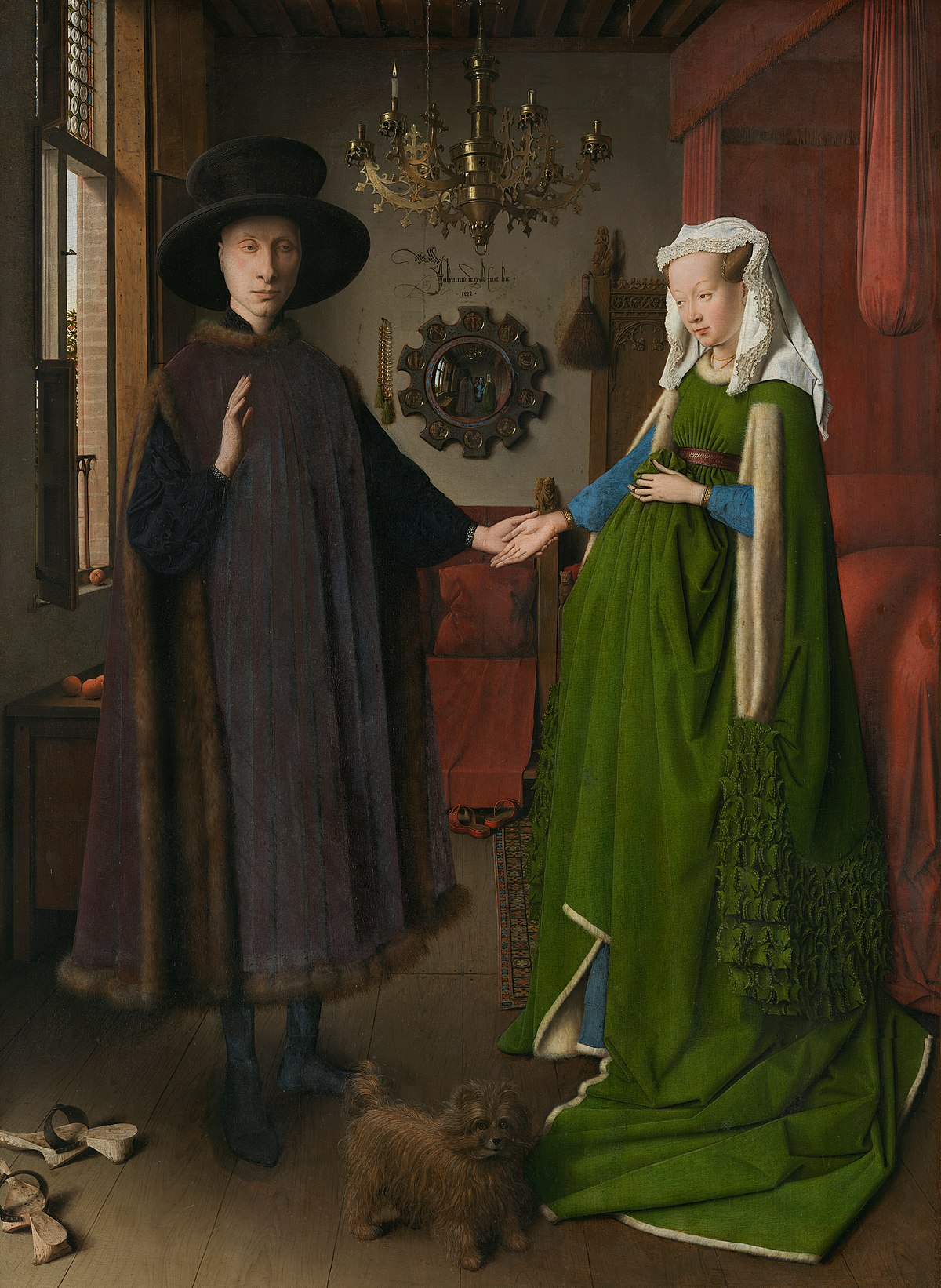
Giovanni Arnolfini and His Wife
Period: Early Renaissance in Northern Europe
Year: 1434 CE
Artist: Jan Van Eyck
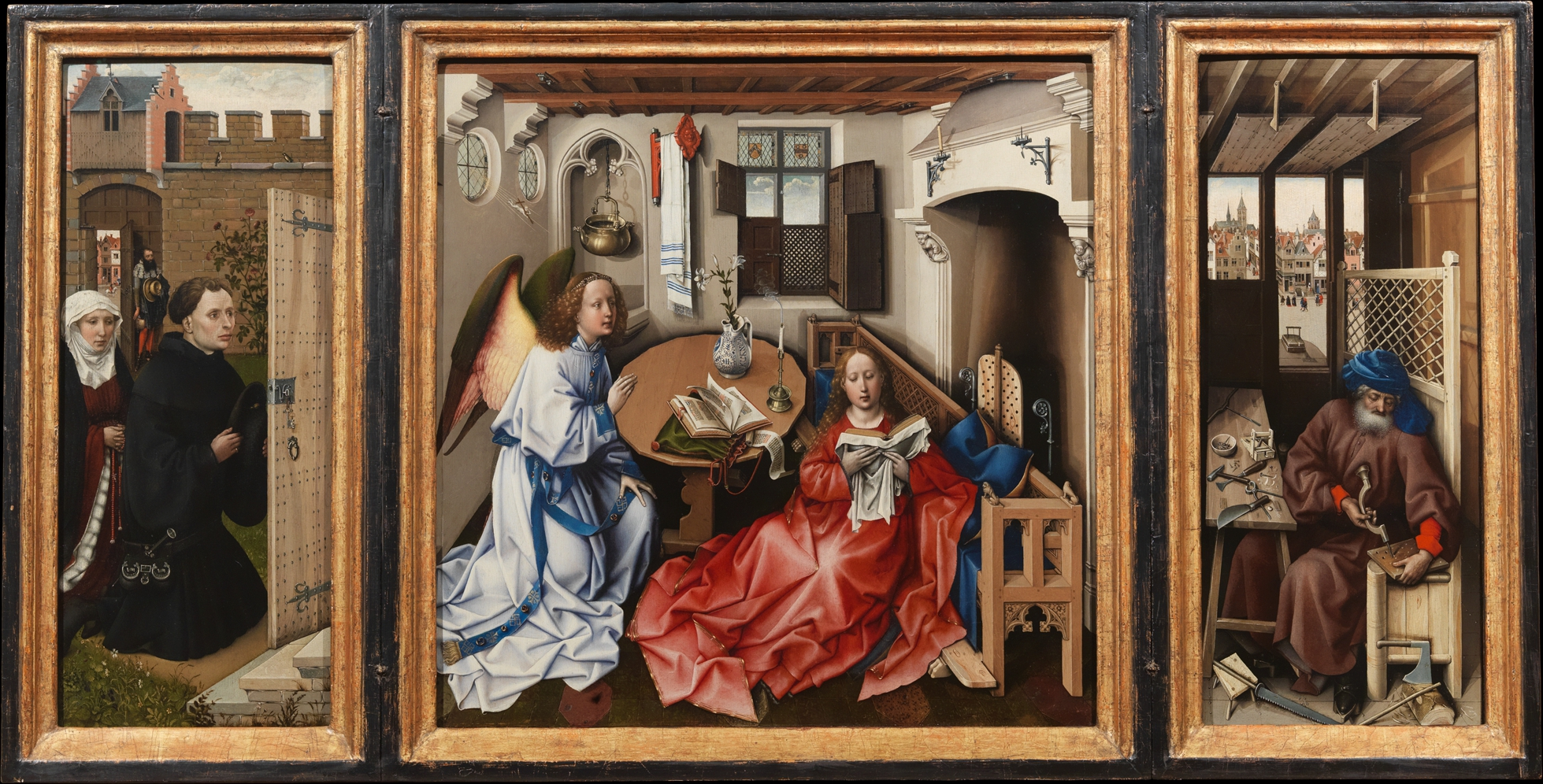
Merode Altarpiece
Period: Early Renaissance in Northern Europe
Year: 1425-1428 CE
Artist: Robert Campin
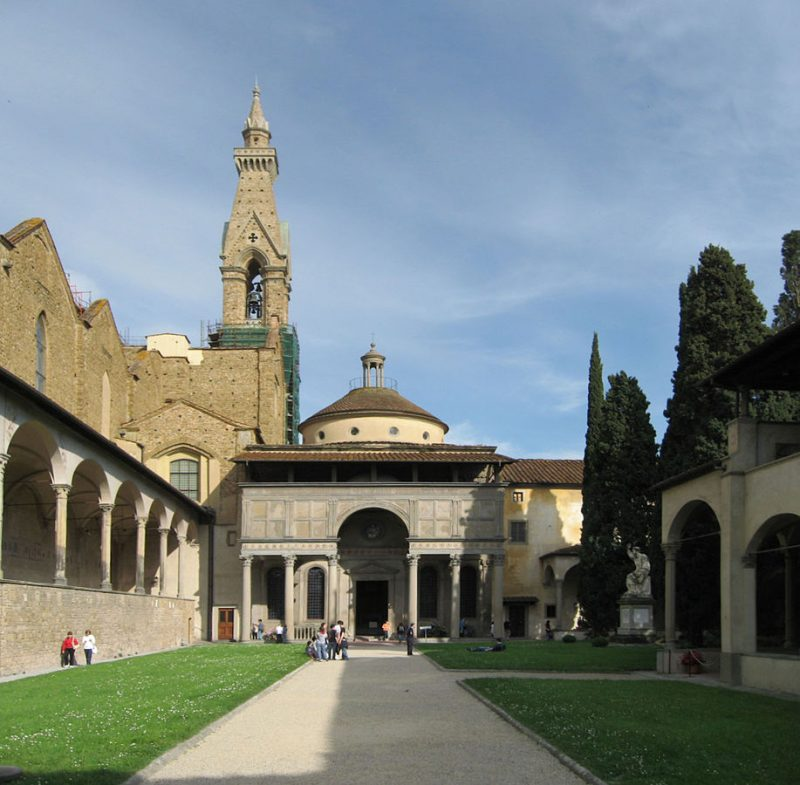
Pazzi Chapel
Period: Renaissance in Quattrocento Italy
Year: 1429-1461 CE
Artist: Filippo Brunelleschi
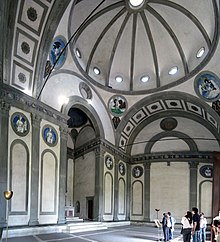
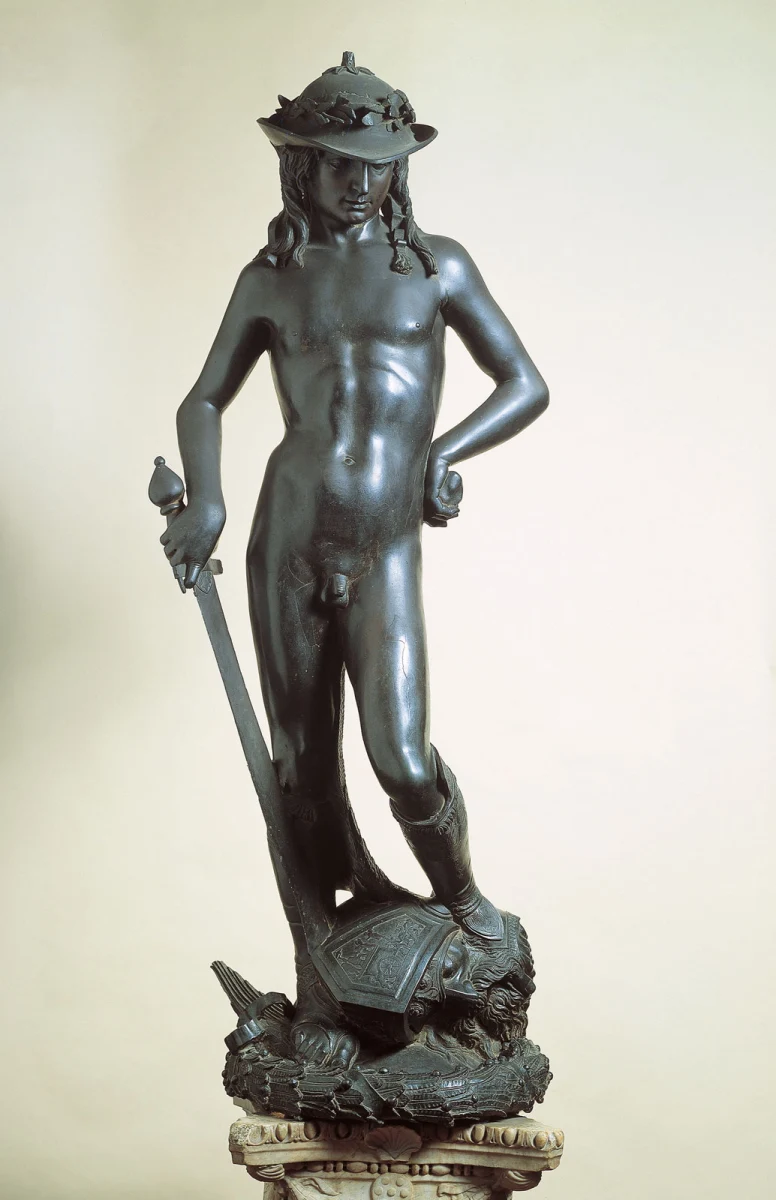
David
Period: Renaissance in Quattrocento Italy
Year: 1440-1460 CE
Artist: Donatello
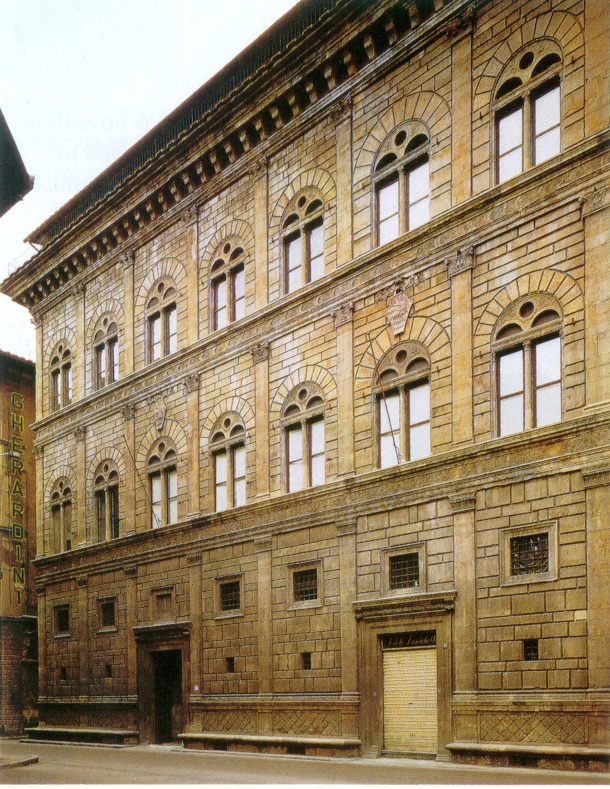
Palazzo Rucellai
Period: Renaissance in Quattrocento Italy
Year: 1450 CE
Artist: Leon Battista Alberti

Madonna and Child with Two Angels
Period: Renaissance in Quattrocento Italy
Year: 1456 CE
Artist: Fra Filippo Lippi
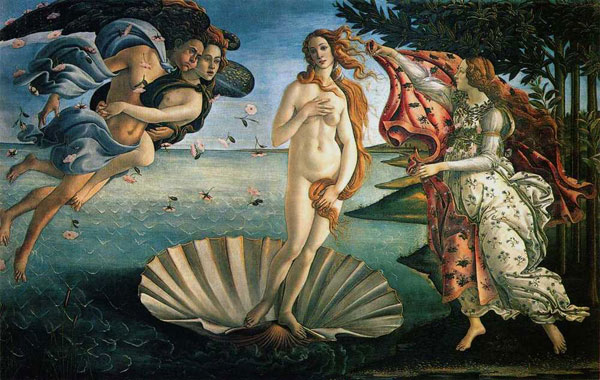
Birth of Venus
Period: Renaissance in Quattrocento Italy
Year: 1484-1486 CE
Artist: Sandro Botticelli
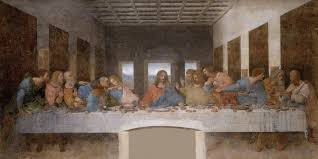
Last Supper
Period: High Renaissance
Year: 1495-1498 CE
Artist: Leonardo da Vinci
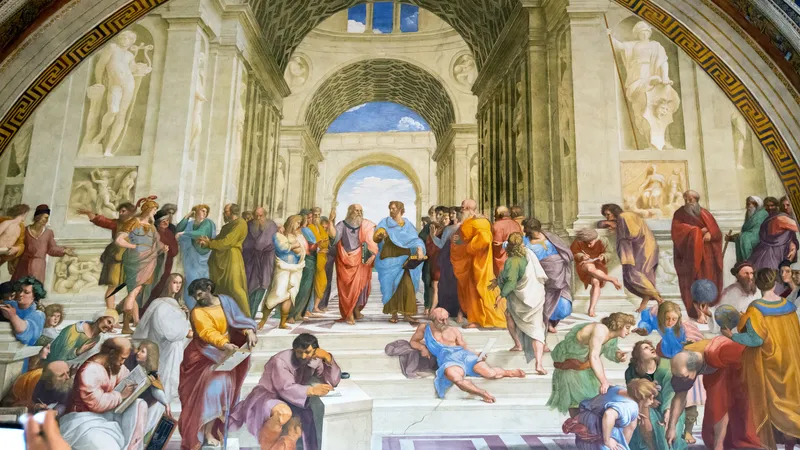
Philosophy (Schools of Athens)
Period: High Renaissance
Year: 1509-1511 CE
Artist: Raphael
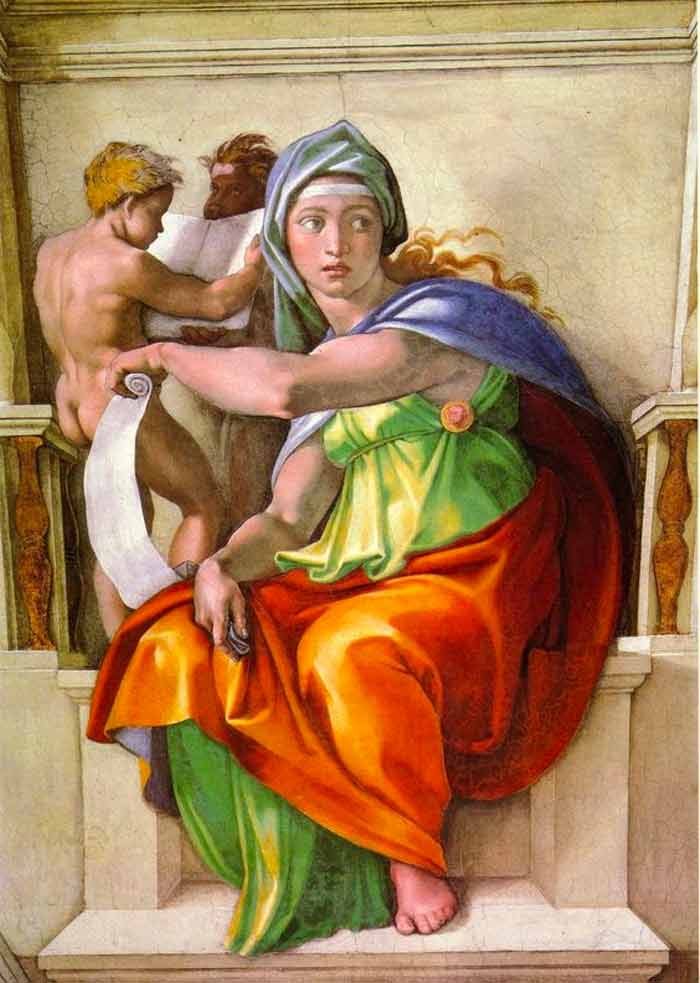

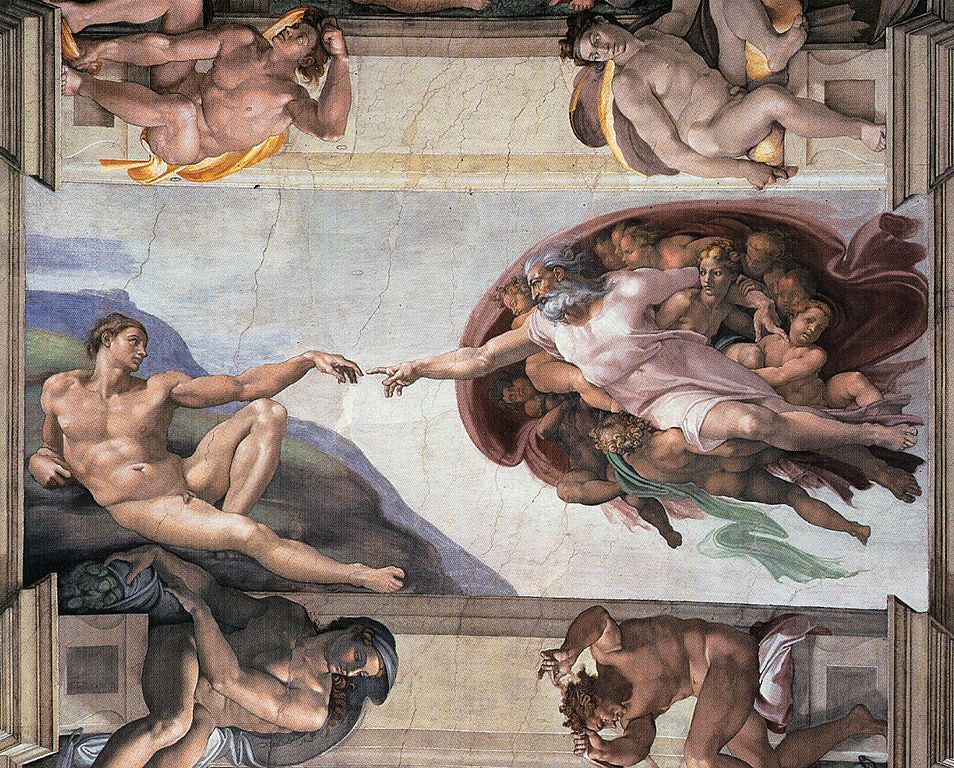
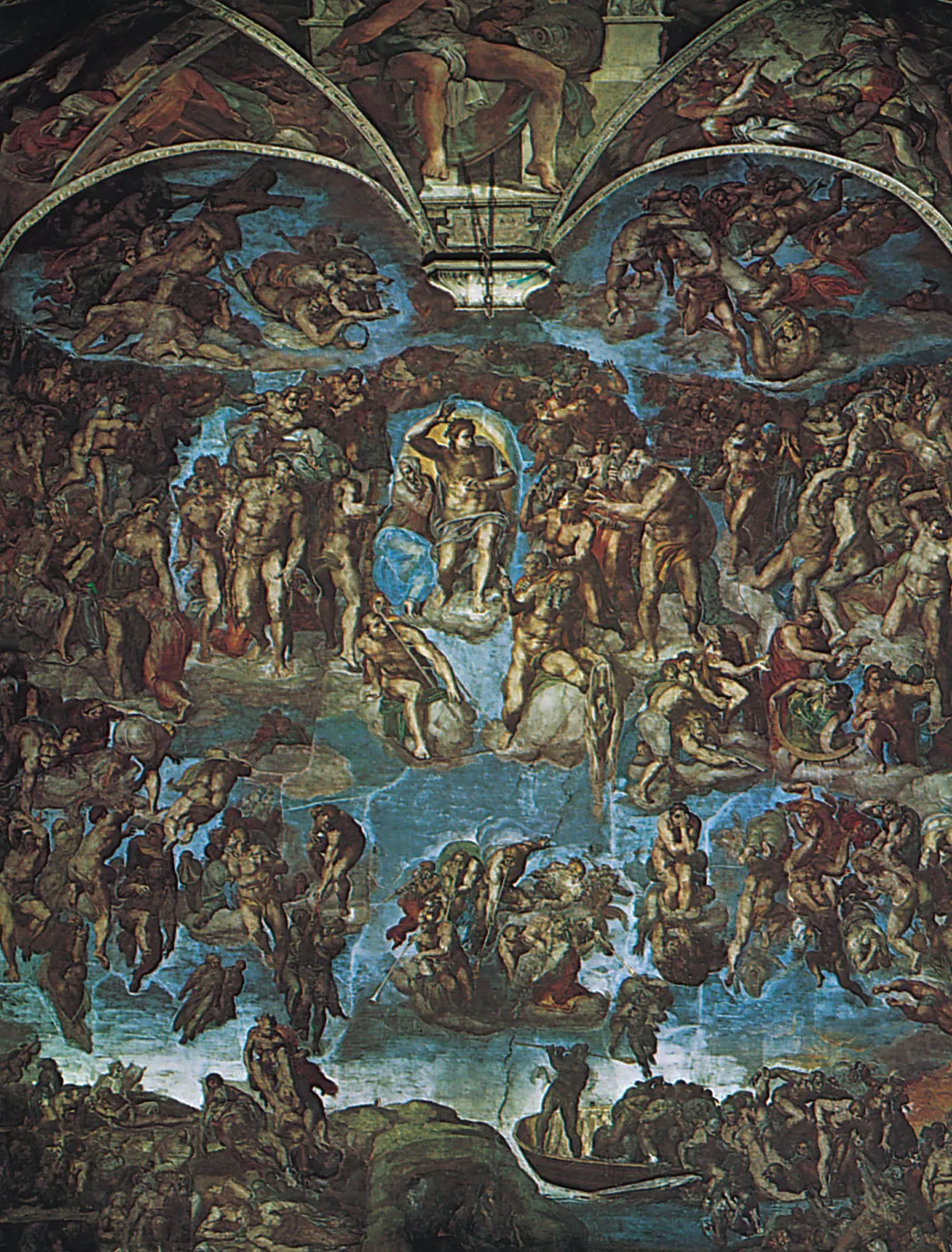
Sistine Chapel (Delphic Sibyl/The Flood/Creation of
Adam/Last Judgment)
Period: Late Renaissance
Year: 1508-1512 CE (Ceiling), 1536-1541 (Altar)
Artist: Michelangelo
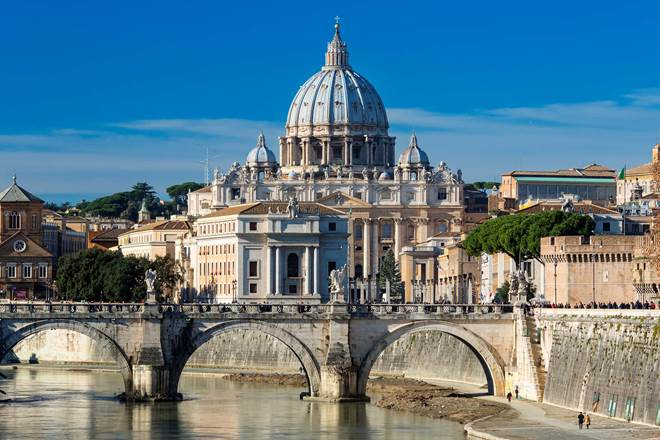
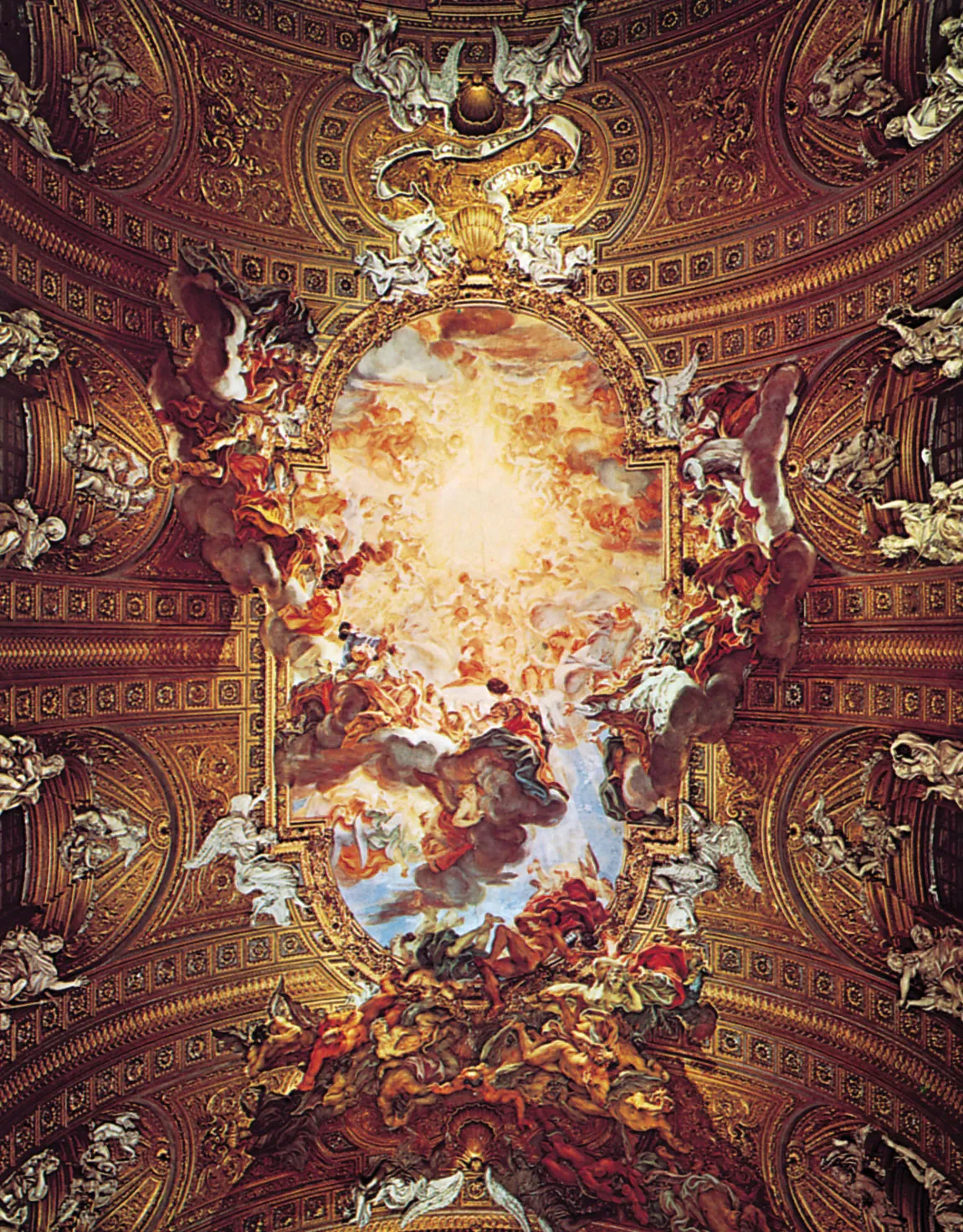
Il Gesu including Triumph of the Name of Jesus ceiling fresco
Period: Late Renaissance
Year: 16th century CE (church), 1568-1584 CE (façade), 1676-1679 CE (fresco and stucco)
Artist: Giacomo de Vignolo (plan architect), Giacomo della Porta (facade architect), Giovanni Battista Gaulli (fresco)
Venus of Urbino (Titian)
Period: Venetian Painting
Year: 1538 CE
Artist: Titian
chiaroscuro
The skillful handling of value to create the illusion of three-dimensional forms in a drawing or painting.
foreshortened
A technique for creating the illusion of depth in a two-dimensional picture by distorting figures and objects so they appear to recede or project sharply into space.
trefoil
A design of three rounded lobes like a clover leaf, often used in architectural ornament and tracery.
quatrefoil
A four-lobed design, often used in architectural ornament and tracery.
mendicant
Religious orders that emerged in the 13th century during the medieval period. Unlike monastic orders, mendicants relied on begging for their sustenance and focused on preaching and serving the community.
Franciscans: Order founded by Saint Francis of Assisi in the early 13th century. They emphasized poverty, humility, and service to others.
Dominicans: Order founded by Saint Dominic in the early 13th century. They focused on education, intellectual pursuits, and combating heresy through preaching.
confraternities/guilds
Voluntary association of the faithful, established and guided by competent ecclesiastical authority for the promotion of special works of Christian charity or piety.
stigmata
Marks that replicate the wounds that Christ received on his hands, feet and side at the Crucifixion. Certain Christian saints (ex: Saint Francis of Assisi) are believed to have miraculously received the stigmata as marks of their piety.
Black Death (bubonic plague)
Infection spread mostly to humans by infected fleas, likely spread along trade routes such as the Silk Road. Killed millions of Europeans (about 1/3 of the population) in the Middle Ages.
pinnacles
A slender spire, often highly decorated, terminating a parapet or buttress.
predella
A horizontally oriented, painted panel or panels forming the lowest element of an altarpiece. Often represents narrative scenes from the lives of the saints who are represented elsewhere on the altarpiece.
diptych/triptych/polyptych
A painting or other work consisting of two/three/four or more separate panels that are hinged or held together in a framework.
donor portrait
A portrait in a larger painting or other work showing the person who commissioned and paid for the image.
sibyls
A woman in ancient times supposed to utter the oracles and prophecies of a god
orthogonals / vanishing point / horizon line
A line which is at right angles to another / A point on the horizon line at which lines or edges that are parallel appear to converge / A line in a perspective drawing where the sky meets the ground. It also represents the viewer’s eye level.
Linear Perspective / Atmospheric (Aerial) Perspective
Mathematical perspective that includes a horizon line, one or more vanishing points (viewpoint of the observer), and converging lines. / Shows distance by the size and blurriness/sharpness of an object, also demonstrated by the object’s position on the picture plane.
woodcut/engraving
Earliest form of printing used to produce inexpensive prints. Subtractive method that made it difficult to produce thin, fluid, clean lines. / Later replaced by a more flexible technqiue used for book illlustrations and popular single print images.
oculus
Circular opening in the center of a dome or in a wall.
Quattrocento Italy
15th century Italy. A time when humanism would reemerge and there would be an emphasis on knowledge, success, and civic/moral duty. Revived interest in ancient Greek and Roman thought.
Leonardo da Vinci
Artist of the Last Supper, Mona Lisa, and The Fetus and Lining of the Uterus
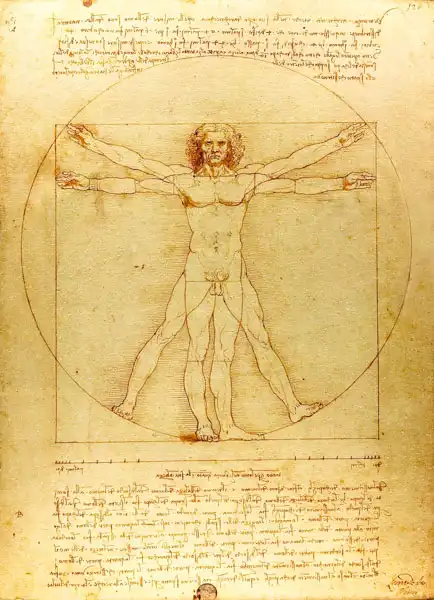
Michelangelo
Artist of Pietá, David, Sistine Chapel frescoes, and new architect of Saint Peter’s.

Raphael
Artist of Madonna in the Meadow and Philosophy (School of Athens)
